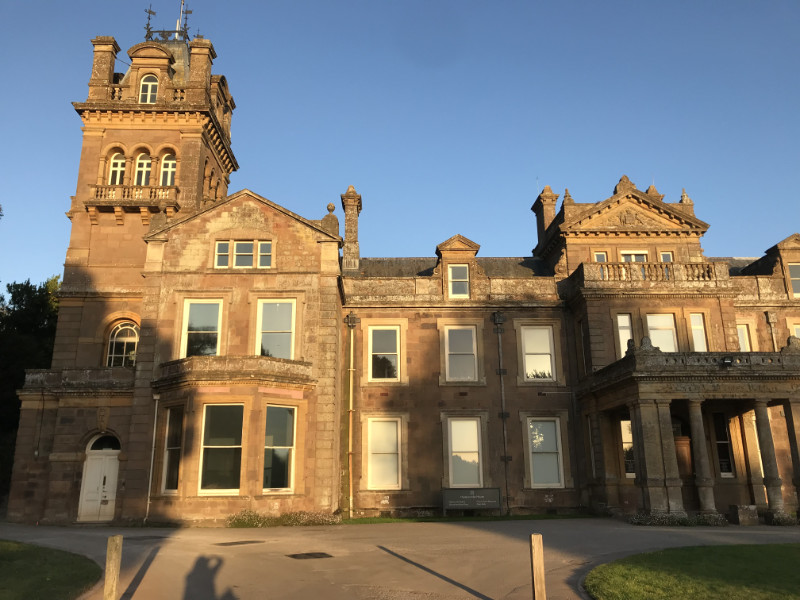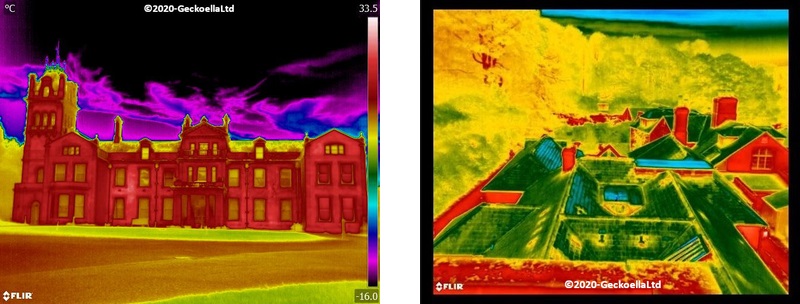Hestercombe House
2017 – 2019
Hestercombe House is a sixteenth century Grade II listed historic country house near Taunton, Somerset. The site is designated as a Special Area of Conservation (SAC) and Site of Special Scientific Interest (SSSI) for its internationally important maternity and hibernation roost of lesser horseshoe bats Rhinolophus hipposideros.
Hestercombe Gardens Trust commissioned Geckoella to produce an Ecological Impact Assessment (EcIA) for ambitious development proposals at the main house, alongside roof repair and renovation works.
Geckoella carried out a desk study and fieldwork surveys, and our initial walkover identified bats and breeding birds as the key ecological constraints. For birds – nest sites were mapped and recorded. For bats, Preliminary Roost Assessments (PRA) were followed by detailed Roost Characterisation Surveys (RCS).
For an effective bat survey, the main challenge at the Hestercombe House site was the complexity of structures and rooftops that had developed over the centuries. Geckoella designed bespoke survey methods that used thermal imaging and infrared cameras to support the bat emergence/re-entry surveys, in addition to the building inspections and hibernation surveys.
Horseshoe bats and long-eared bats both make very quiet echolocation calls, and tend to avoid brightly lit areas – making them difficult to record. Using thermal cameras, infrared cameras and highly sensitive bat call detectors, Geckoella was able to produce a solid dataset and a highly detailed report. So thermal and infrared (night vision) technologies were a highly efficient choice – even in total darkness we could accurately record lesser horseshoe bat flight routes and discover previously unknown roost features, too high or obscured for ecologists to see from ground level.
Geckoella’s survey results enable discussions with the client’s architect about ways to adapt their design and how to achieve permanent mitigation measures to protect and support the bats and the future of the SAC/SSSI at Hestercombe.
Thermal cameras are an ideal technology for bat surveys, particularly at challenging sites, providing a non-invasive way to observe bats and their natural behaviour. Please click here to find out more about Geckoella’s thermal imaging and infrared camera surveys.


